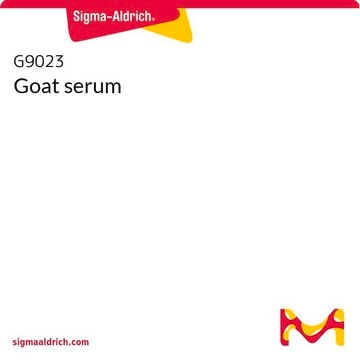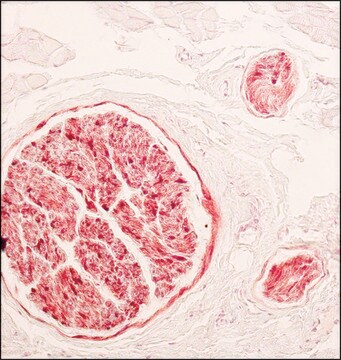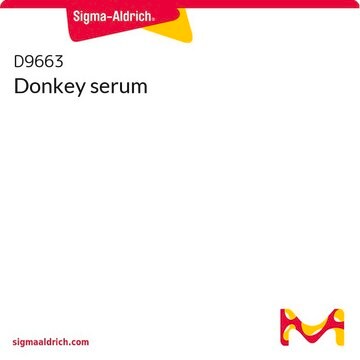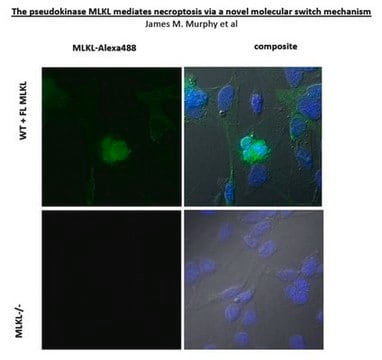SAB4200671
Anti-S-100 (β-Subunit) antibody, Mouse monoclonal
clone SH-B1, purified from hybridoma cell culture
Sinonimo/i:
Monoclonal Anti-S-100 (β-Subunit) antibody produced in mouse, NEF, S100, S100-B, S100beta
Scegli un formato
About This Item
Prodotti consigliati
Origine biologica
mouse
Livello qualitativo
Forma dell’anticorpo
purified from hybridoma cell culture
Tipo di anticorpo
primary antibodies
Clone
SH-B1, monoclonal
Reattività contro le specie
cat, rabbit, porcine, bovine, rat, human
Concentrazione
~1 mg/mL
tecniche
immunohistochemistry: 1.5-3 μg/mL using immunoperoxidase labeling of pronase digested, formalin-fixed, paraffin-embedded sections of rabbit tongue.
Isotipo
IgG1
Condizioni di spedizione
dry ice
Temperatura di conservazione
−20°C
modifica post-traduzionali bersaglio
unmodified
Informazioni sul gene
human ... S100B(6285)
Categorie correlate
Descrizione generale
Immunogeno
Applicazioni
- immunohistochemistry
- enzyme linked immunosorbent assay (ELISA) (Ca2+ ion independent)
- immunocytochemistry
- immunoblotting
- dot blot
- immunohistochemistry.
Azioni biochim/fisiol
Esclusione di responsabilità
Non trovi il prodotto giusto?
Prova il nostro Motore di ricerca dei prodotti.
Codice della classe di stoccaggio
10 - Combustible liquids
Punto d’infiammabilità (°F)
Not applicable
Punto d’infiammabilità (°C)
Not applicable
Scegli una delle versioni più recenti:
Certificati d'analisi (COA)
Non trovi la versione di tuo interesse?
Se hai bisogno di una versione specifica, puoi cercare il certificato tramite il numero di lotto.
Possiedi già questo prodotto?
I documenti relativi ai prodotti acquistati recentemente sono disponibili nell’Archivio dei documenti.
Active Filters
Il team dei nostri ricercatori vanta grande esperienza in tutte le aree della ricerca quali Life Science, scienza dei materiali, sintesi chimica, cromatografia, discipline analitiche, ecc..
Contatta l'Assistenza Tecnica.








